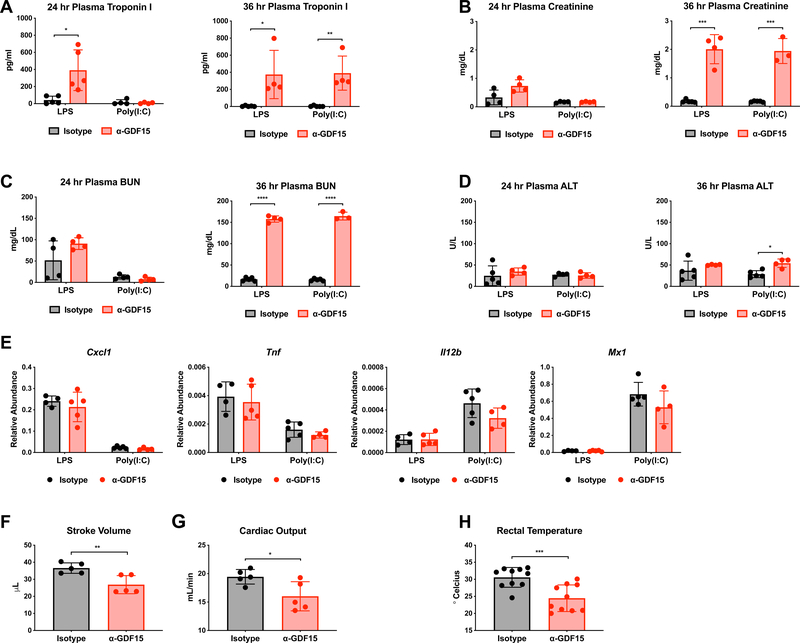Figure 4. Blockade of GDF15 in acute inflammatory states results in defects cardiac and thermal homeostasis.
(A) Plasma troponin I levels 24 and 36 hours after either LPS or Poly(I:C) injection following pre-treatment with either isotype or α-GDF15 antibody.
(B) Plasma creatinine levels 24 and 36 hours after either LPS or Poly(I:C) injection following pre-treatment with either isotype or α-GDF15 antibody.
(C) Plasma blood urea nitrogen (BUN) levels 24 and 36 hours after either LPS or Poly(I:C) injection following pre-treatment with either isotype or α-GDF15 antibody.
(D) Plasma alanine aminotransferase (ALT) levels 24 and 36 hours after either LPS or Poly(I:C) injection following pre-treatment with either isotype or α-GDF15 antibody.
(E) Cxcl1, Tnf, Il12b, Mx1 expression levels in heart tissue 8 hours after injection of either LPS or Poly(I:C) following pre-treatment with either isotype or α-GDF15 antibody. Abundance is relative to Rpl13a expression.
(F) Stroke volume as measured by trans-thoracic echocardiogram 24 hours after LPS injection following pre-treatment with either isotype or α-GDF15 antibody.
(G) Cardiac output calculated from trans-thoracic echocardiogram measurements 24 hours after LPS injection following pre-treatment with either isotype or α-GDF15 antibody.
(H) Rectal temperature in mice 20 hours after LPS injection following pre-treatment with either isotype or α-GDF15 antibody.

